Paraffin Wax Injections

Plastic surgery has come a long way over the years. Among all the materials used to augment the body, paraffin wax was pretty popular around the 1900s.
The most frequent complication led to the amputation of the area, and death wasn’t uncommon.
Arsenic Treatments

We all know arsenic is highly toxic, but people back in the day thought it could cure a myriad of conditions including fevers, headaches, diabetes, and blood diseases.
Most notably, it was used in Fowler’s Solution, a supposed cure for malaria and syphilis from the 18th century until the 1950s.
Bloodletting
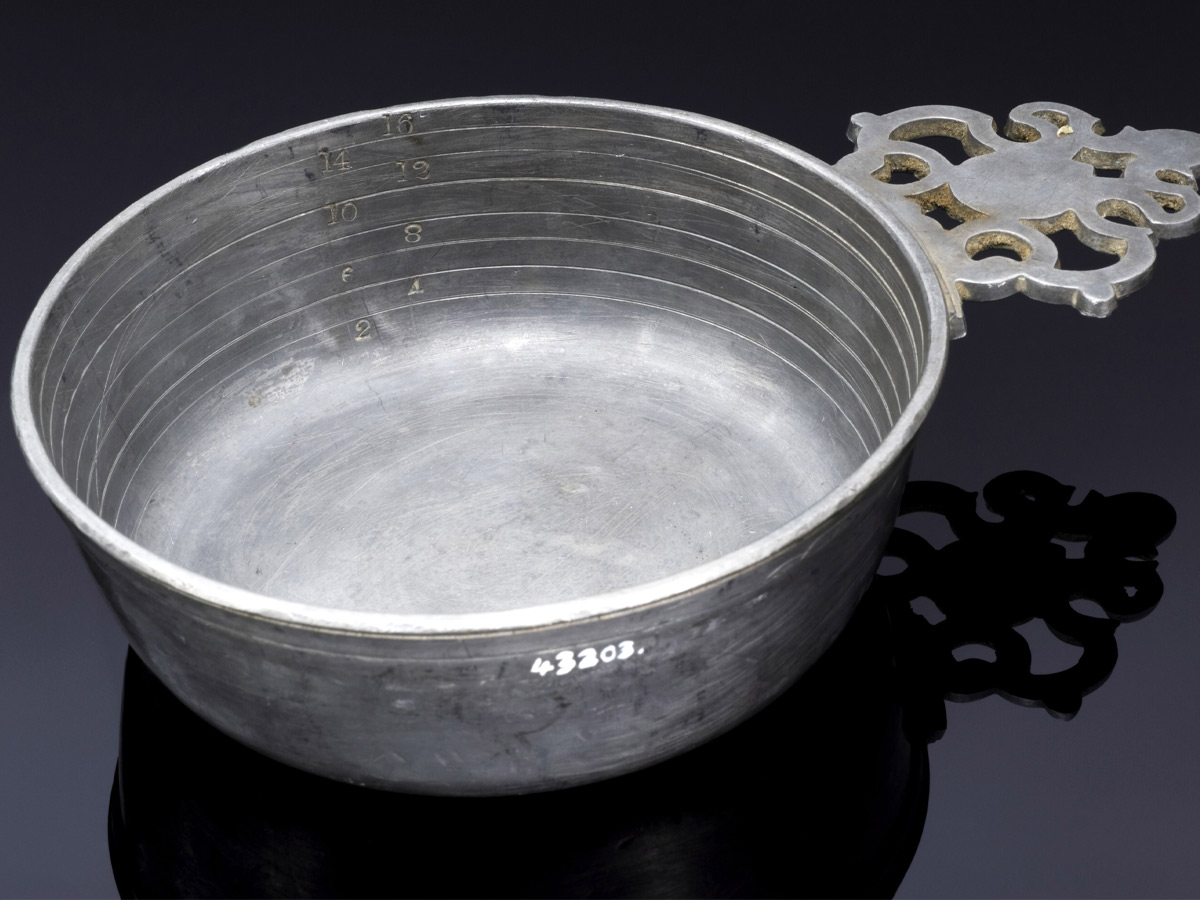
Bloodletting was incredibly popular for a really long time – around 2,000 years. Bloodletting was when a healer or “doctor” would withdraw blood from a patient to cure an illness or disease.
While some people benefitted from this procedure, some died. George Washington and Charles II are two of the most famous people who died due to bloodletting.
Trepanning

Trepanning is a medical procedure that’s still used today, but only when absolutely necessary. This procedure is when a hole is drilled into the skull to treat health problems like pressure on the brain.
While useful, it could easily cause your death if you bled out or if the “surgeon” went a little too deep – something that could very well happen during the Middle Ages.
Leeches
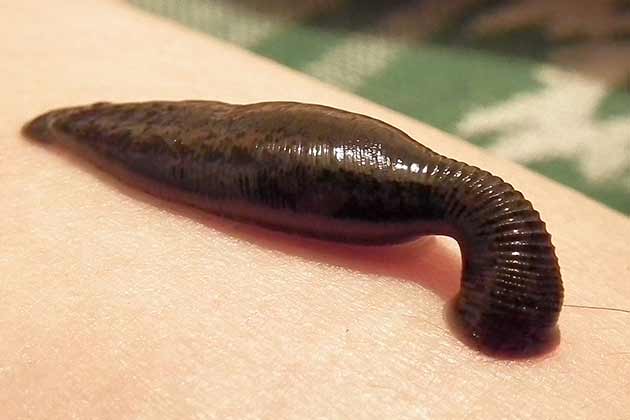
Leeches have been used in the medical field for quite a while, and they’re still a traditional way to treat patients in some countries. They offer some benefits, but it isn’t without risk.
Hospitals all over the world are beginning to find a link between antibiotic-resistant infections and leeches; a problem which has led to death in some circumstances.
Mercury Rubs

For the longest time, mercury was said to treat tons of illnesses. To get the benefit, all you had to do was rub the toxic substance on your wound! This chemical element can cause chest pains, heart and lung problems, coughing, tremors, violent muscle spasms – the list goes on and on.
It was also used as a “cure” for syphilis and only worked because the patient died.
Hot Iron Treatments

Hemorrhoids suck – no doubt. Still, it’s better to have hemorrhoids now than it was in the 12th century. Medieval manuscripts revealed that surgeons would treat this issue by burning them away with a cautery iron.
In most cases, a tube would be inserted so the red-hot iron could move in and out of the body until the hemorrhoids burned loose. We’ll let you imagine how this was deadly.
Bladder Stone Surgery

Bladder stones are pretty painful, but most people can pass them without much treatment. During the Middle Ages, bladder stones were treated very seriously. A healer called a “lithotomists” traveled across Europe and would remove the deposit through the groin.
Apparently, patients would frequently bleed to death during the procedure. If they survived, the patient obviously wouldn’t receive antibiotics.
Cannibal Cures

Do you have a headache, muscle cramps, or stomach ulcers? Apparently, doctors in the 12th century thought you could fix these issues by eating parts of a person. The Romans believed that the blood of fallen gladiators could cure epilepsy, and Egyptians made “mummy powder” using ground up bodies.
In the 17th century, King Charles II was known for enjoying “King’s Drops,” which were made from a crumbled human skull. Not only is it morally wrong but consuming a person who died of a disease or illness could also kill the consumer.
Sulfur Fumigation

The Ancient Greeks believed that a woman’s womb could wander because it was a separate creature. Plato and Hippocrates described a woman’s uterus as a “living animal.”
If it dislodged, a woman had to be fumigated with sulfur. It was thought that it would force the womb back into the correct place. Breathing in sulfur can be pretty toxic.
Malaria Treatments

Malaria…treatments? No, we didn’t typo. Malaria was once touted as a way to treat syphilis.
Asturian physician Julius Wagner-Jauregg treated patients in the 1920s by giving them malaria. He won a Nobel prize for his efforts, despite the fact a large number of his patients died.
Dead Mouse Paste

Would you put a dead mouse in your mouth? Ancient Egyptians didn’t think twice about this gag-worthy cure. It was thought that mashing a mouse, blending it with other ingredients, and applying it to a painful tooth would cure a toothache.
Elizabethan England also used dead mice as a cure. They would cut a mouse in half and apply it to a wart. Today, we know mice carry all sorts of diseases.
Mrs. Winslow’s Soothing Syrup

Most of the ingredients in Mrs. Winslow’s Soothing Syrup are fine…except for the 6mg of morphine per fluid ounce. While it depends on the person, it can take as little as 200mg for an adult to die of morphine overdose.
The big issue here is that it was used on children. Many kids took a permanent sleep after Mrs. Winslow's Soothing Syrup.
Lobotomies
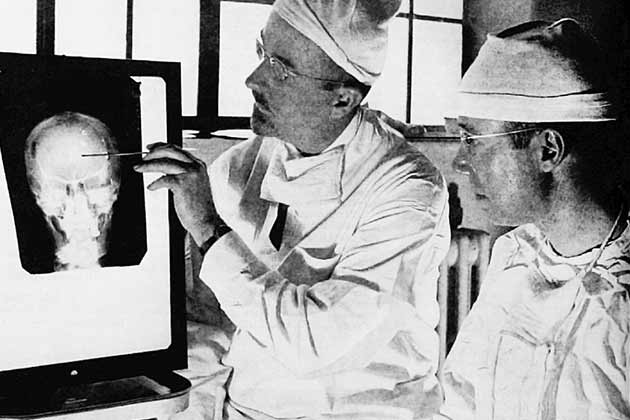
Lobotomies are discussed, but do you know how they’re completed? A doctor stuck a special ice pick, called an orbitoclast, through the top of the eye socket. After breaking through a thin layer of bone, he would twirl the ice pick to cut through fibers in the brain. All this happened in 10 minutes.
It could have severe negative side effects, and the patient could lose their life if the procedure was not done correctly. Even if done correctly, a lot of patients still took their own lives.
Cigares de Joy

During an asthma attack, doctors used to suggest that you smoke a good ol’ cigarette! Basically, docs thought that asthma was caused by nervousness or excitement, and this would lead to spasms in the bronchial tube.
Turns out smoking during an asthma attack is counterintuitive. It often exacerbated the issue rather than relieving it.
Bariatric Surgery
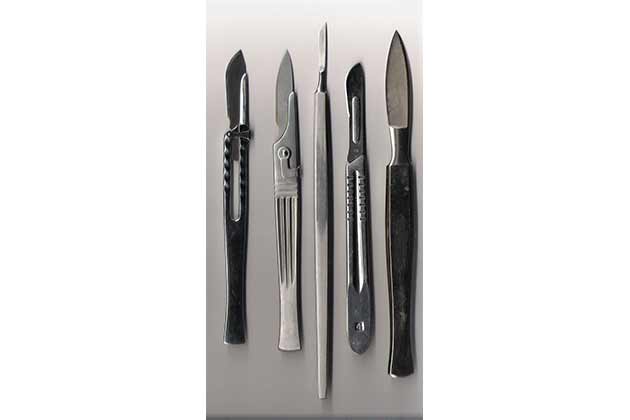
Some people refer to bariatric surgery as a “lobotomy of the stomach.” This surgery puts a device around the stomach, but sometimes doctors remove a portion of the stomach. Studies have recently shown that it’s more dangerous than we originally imagined.
Around 21% of people had issues during the hospital stay while 40% had complications after 6 months. Studies also show a mortality rate as high as 6% after 5 years.
Insulin Shock Therapy

Widely used in the 1930s until the 1950s, insulin shock therapy was a way to put patients into a coma. It was mostly used to treat schizophrenia, and treatments could last as long as two years.
To put patients into a coma, nurses were already giving them an extremely large overdose. It wouldn't take much to end the patient at that point, especially depending on how their body reacted to the insulin.
Surgery for Mental Illness
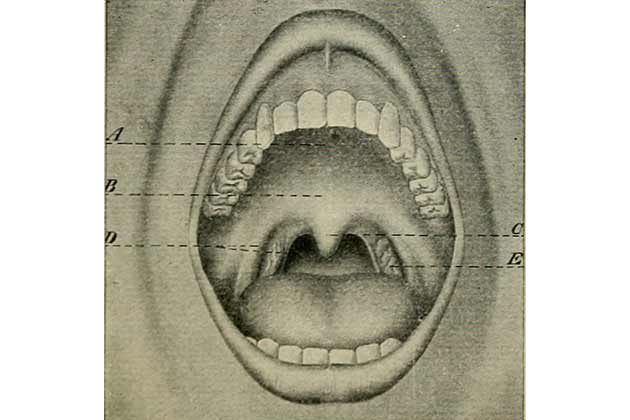
One doctor, in particular, became very famous for his radical treatment for mental illness. Dr. Henry Andrews Cotton came up with the idea that mental health problems can be cured via surgery.
To him, insanity was caused by an infection, so he would remove whatever he suspected was infected – teeth, tonsils, stomachs, spleens, testicles, colons, whatever. He exaggerated the success rate while the mortality rate was around 45%.
Releasing Teeth

Teething babies aren't any fun for anyone. In 16th-century France, doctors wanted to make it easier for babies to get their teeth.
They did this by cutting the tissue over the teeth with a scalpel. Unfortunately, they didn't use sterile equipment. Adding that to the trauma, it wasn't unusual for children to die after this “treatment.”
Dwale

Before anesthesia was invented, doctors had to figure out a way to knock out their patients.
They invented something called “dwale,” which was a mixture of lettuce, vinegar, hemlock, opium, henbane, bryony root, and bile. Hemlock, bryony root, and henbane are all very toxic, so patients would die whenever it wasn't mixed correctly.
Radioactive Water
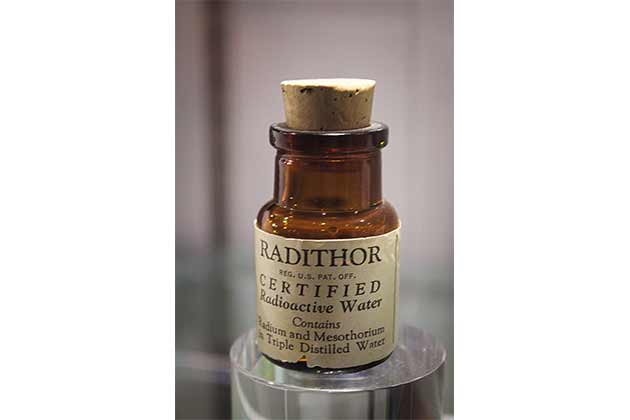
After Marie Curie discovered radium, her findings were quickly abused for money. A host of snake-oil medications arose that could supposedly cure a variety of ailments. The most popular was adding radium to your drinking water at home.
Unsurprisingly, people started to die from this supposed cure, but it took many deaths before people realized how dangerous it really was.
Crushed Emerald Powder

When the black plague was sweeping the world, people would do anything if they thought it was a cure. For royals, specifically kings, a spoonful of crushed emerald powder was the cure.
Swallowing emeralds, no matter how crushed, is like eating glass. It would cause lacerations down the throat, major internal bleeding, and death.
Powder of Sympathy
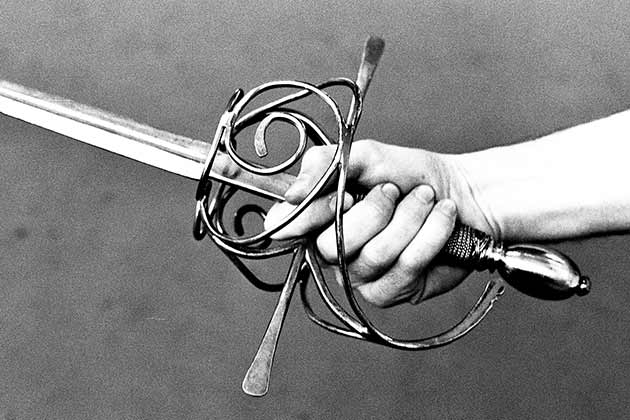
Sir Kenelm Digby’s “Powder of Sympathy” was used for a specific purpose: rapier wounds. It was made from earthworms, pig brains, rust, and bits of mummified corpses.
The best thing about this cure is that you didn’t even put it on the wound – you put it on the sword blade itself. Either way, your injury won’t get better, or patients wouldn't get sepsis or bleed out.
Goat Parts

If you have relation problems and lived in the 1900s, hopefully, you didn’t visit John Brinkley.
He became one of the richest doctors in America because he claimed the family jewels of goats could cure impotence, infertility, and other problems. All you had to do was have them implanted in your body. Many patients died.
Diet Pills

When you hear “deadly diet pills” you may think of Fen-Phen, but that was just one of many. As far back as the 1920s, women were taking diet pills to lose a few extra pounds. In the '20s, the pills were filled with tapeworms.
While you would get down to a glorious size, you’d probably also die – tapeworms have a 90% mortality rate if left untreated. In the '50s, diet pills were pure amphetamine.
 Author
Sherrill Dean
Last Updated: September 04, 2024
Author
Sherrill Dean
Last Updated: September 04, 2024